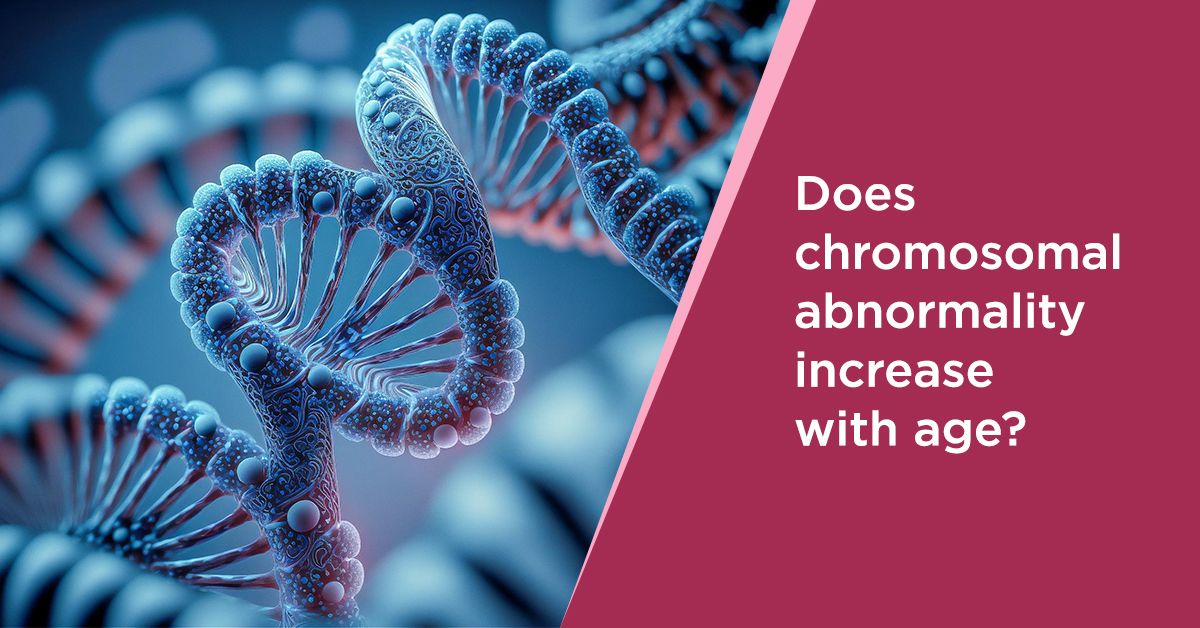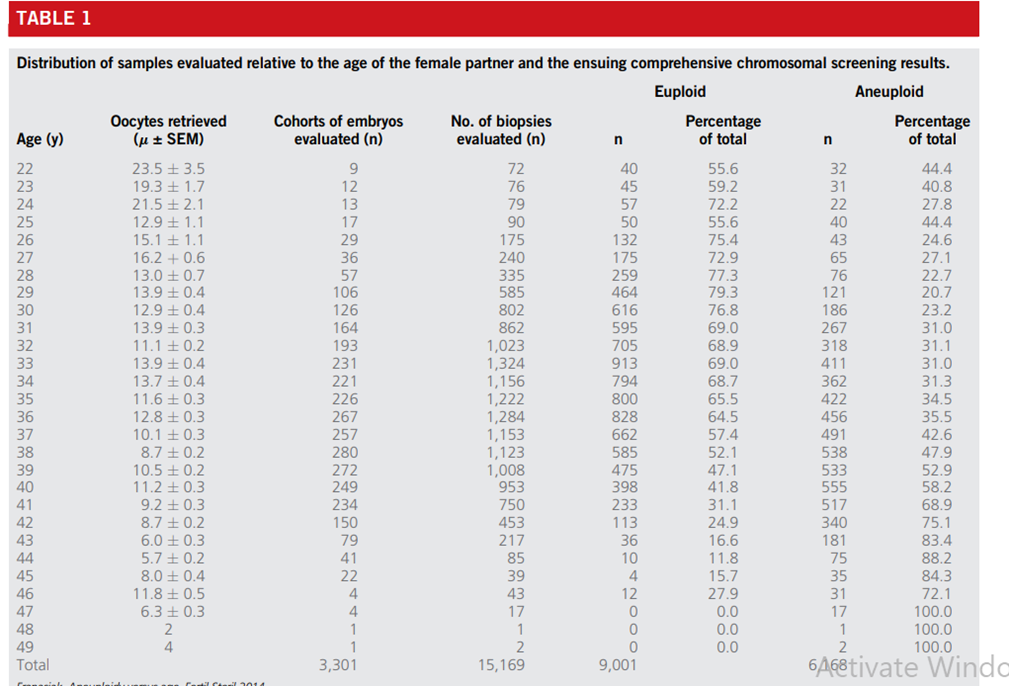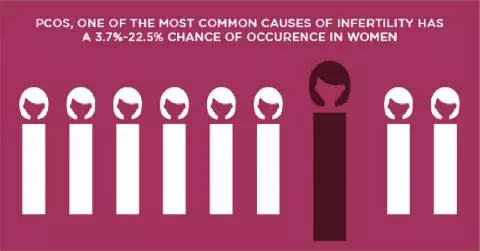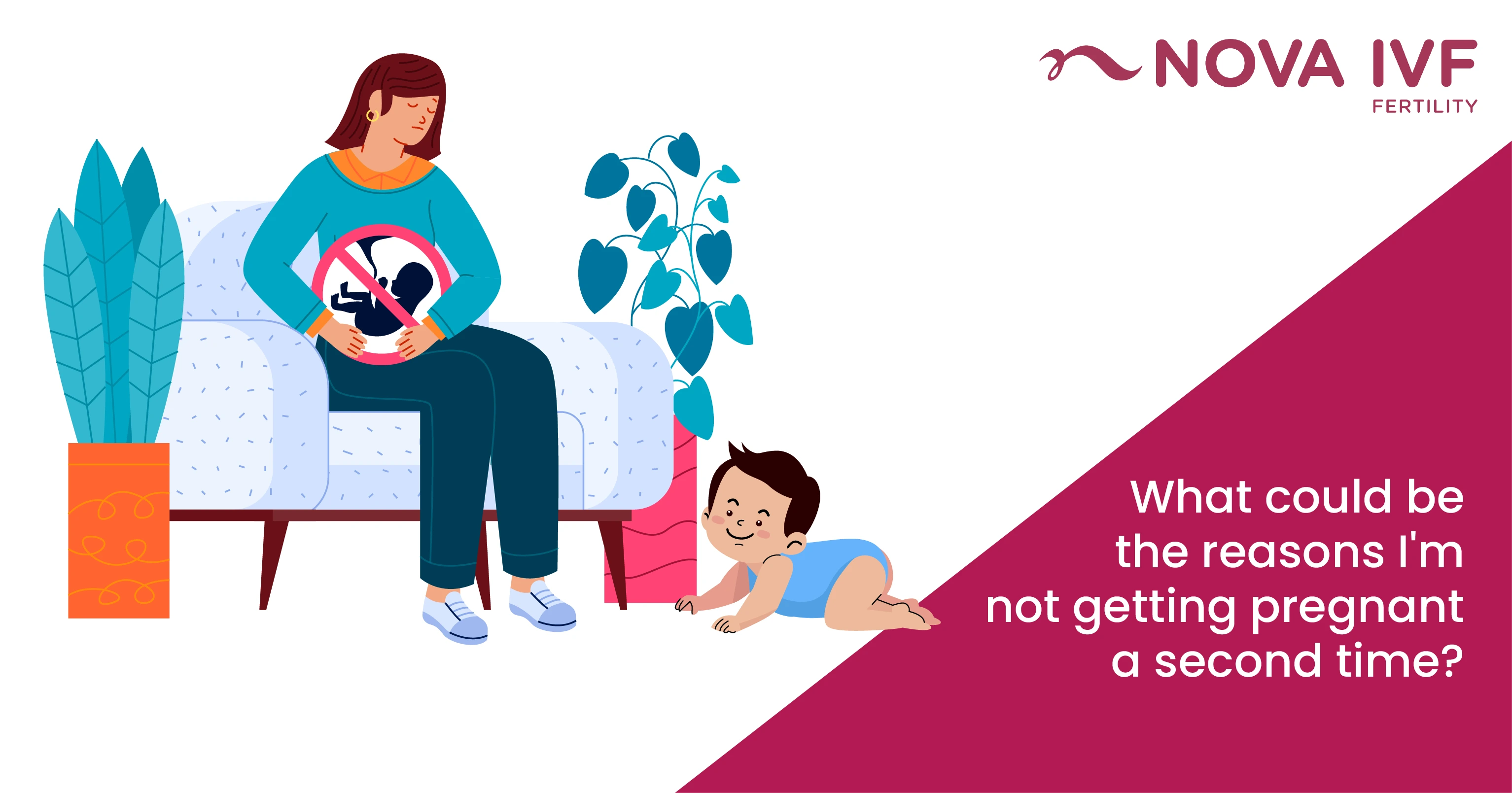Age-Related Aneuploidy Risks in Fertility Treatment

As Female age is increasing, Number of egg decreasing as well as quality of egg is also decreasing. In India before 2010, there was no advancement in the detection of quality of oocyte as well as the embryo because of non – disjunction. As far as physiology concern, female age is increasing and non - disjunction of chromosome from the oocyte led to more chances of aneuploidy.
After 2010, Advances in clinical and laboratory practice have resulted in steady improvements in in vitro fertilization (IVF) outcomes over the last two decades. Although the enhanced outcomes are excellent and provide infertile couples with outstanding opportunities to build their families, the reality is that IVF remains an inefficient process. Evaluation of the most recent Society for Assisted Reproductive Technologies (SART)/U.S. Centres for Disease Control and Prevention (CDC) data reveal that approximately 17% of fresh embryos deemed of sufficient quality to merit transfer actually progress to clinical pregnancy.
The development of validated testing platforms capable of analyzing all 24 chromosomes has empowered clinicians, laboratorians, and scientists to assess the euploidy status of embryos before selection for transfer (5, 6). Accurate diagnoses combined with the substantively enhanced safety attained with trophectoderm biopsy at the blastocyst stage have resulted in meaningfully increased implantation and delivery rates.
Clinical application of these technologies requires specific counselling of individuals from the general IVF population. Although an individuals' personal prognosis will be influenced by multiple factors, data on comprehensive chromosomal screening (CCS) results from the general population may be useful. Counselling regarding CCS/NGS generally occurs in two settings: before electing to proceed with CCS/NGS and again after the results of the analyses of their cohort are available.
Before initiating treatment, counselling typically includes at least three general considerations. First is the safety of the procedure itself. That issue has been addressed, and the safety of trophectoderm biopsy is reasonably established. The other two issues are what proportion of patients’ embryos are likely to be aneuploidy and what is the probability that all of her embryos will be aneuploid, leaving nothing available for transfer? These answers may need to be adjusted for each individual's circumstances but age-specific data are most helpful.
The prevalence of aneuploidy was lowest between the ages of 26 and 30. Surprisingly, the prevalence was higher in women younger than 26 years of age, with a prevalence of over 40% in women 22 and 23 years of age compared with the rate of 20% to 27% in women 26 to 30 years of age. The prevalence of aneuploidy rose steadily from age 31 through age 43. As Indian Population is 5 years elder than occasion population in terms of quantity as well as generating euploid oocyte/embryo so practically in Indian population around age of 43 – 45 almost 100% eggs and embryo are aneuploidy & In occasion population it will be 47 to 5o years of age all eggs/embryo become aneuploidy.

Reference - Fertil Steril 2014;101:656–63. 2014 by American Society for Reproductive Medicine.)
 Infertility Counselling
Infertility Counselling Female Infertility Treatment
Female Infertility Treatment Andrology Treatment
Andrology Treatment Fertility Enhancing Surgeries - Female
Fertility Enhancing Surgeries - Female Fertility Enhancing Surgeries - Male
Fertility Enhancing Surgeries - Male Endoscopy Treatment
Endoscopy Treatment IUI Treatment
IUI Treatment IVF Treatment
IVF Treatment ICSI Treatment
ICSI Treatment Advanced IVF Solutions
Advanced IVF Solutions Embryology
Embryology Vitrification Egg, Embryo, Sperm Freezing
Vitrification Egg, Embryo, Sperm Freezing Preimplantation Genetic Testing (PGT)
Preimplantation Genetic Testing (PGT) Donation Program Embryo / Egg / Sperm
Donation Program Embryo / Egg / Sperm Self-cycleTM IVF
Self-cycleTM IVF

 Self-cycleTM IVF
Self-cycleTM IVF










